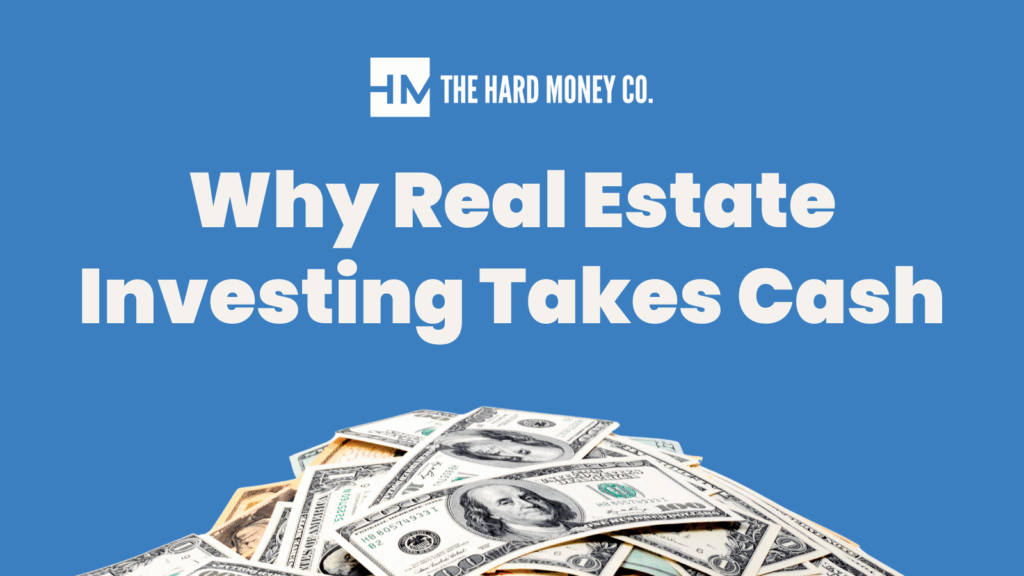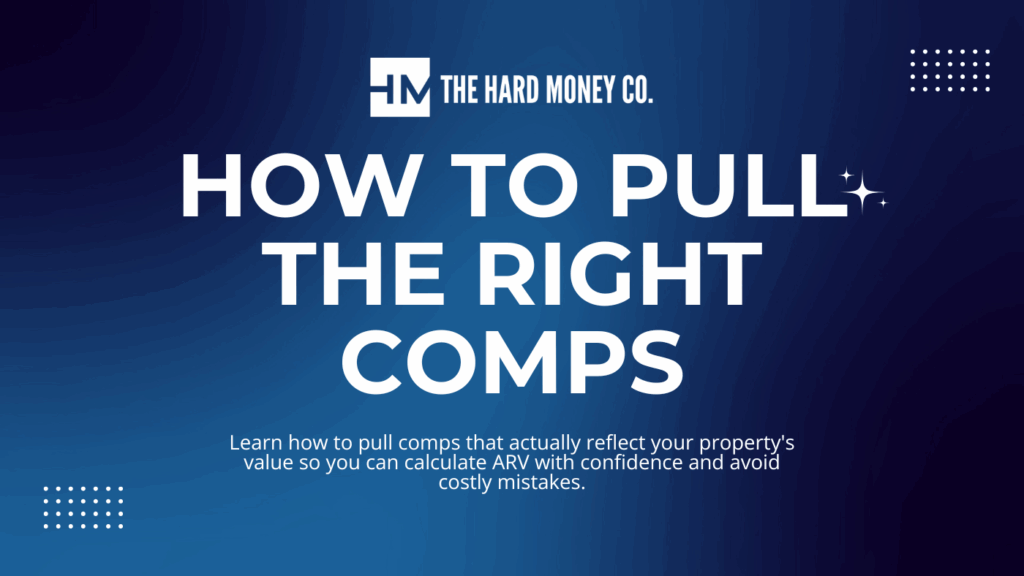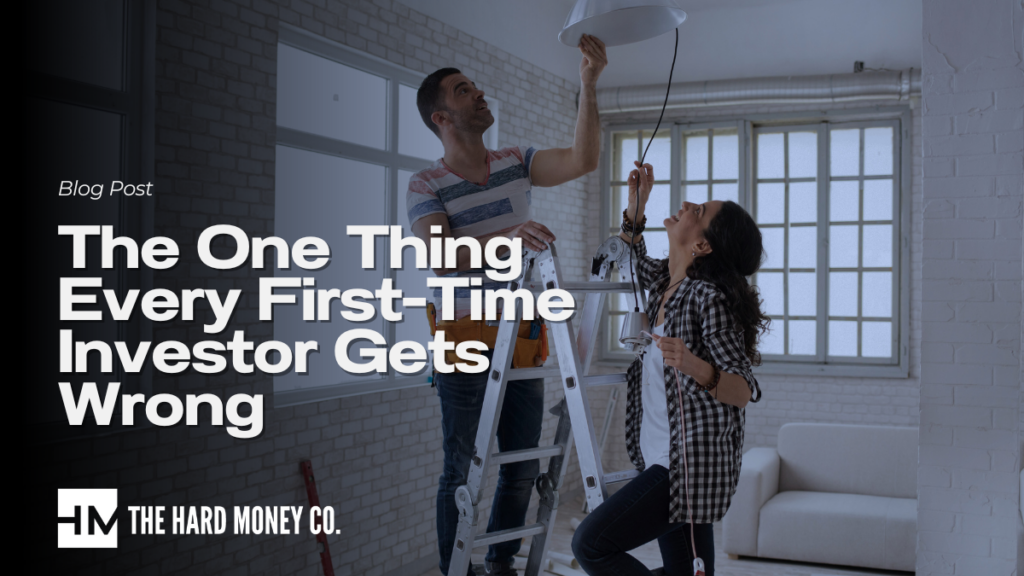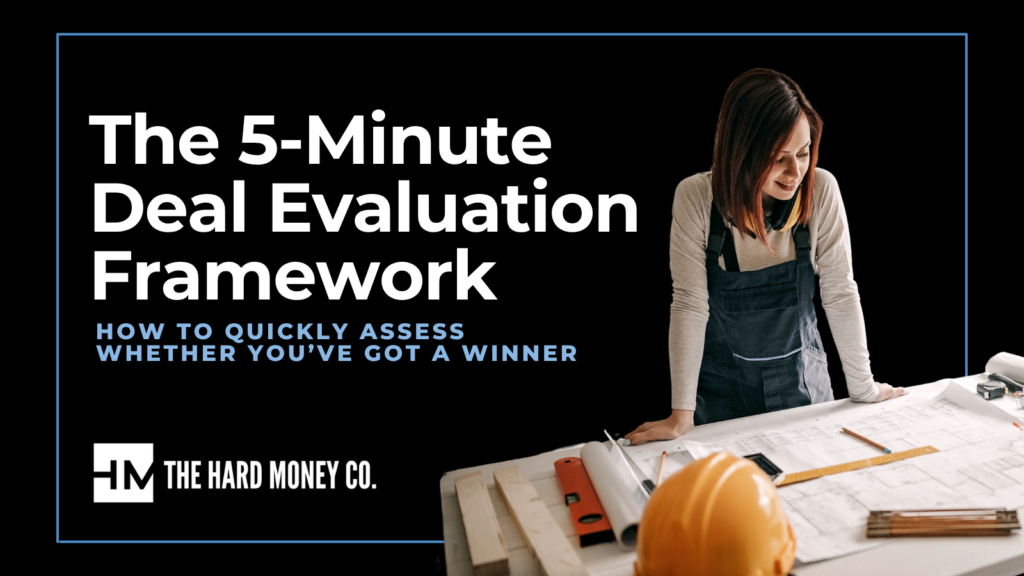4 Things to Know Before Your First BRRRR Deal
The BRRRR method (Buy, Rehab, Rent, Refinance, Repeat) is a powerful tool for building a real estate portfolio. But first-time investors often get tripped up by predictable mistakes. Here’s what you need to get right.
1. The Deal Has to Work on the Buy
Everything starts with the purchase. If you overpay for the property, the rest of the plan falls apart. Your all-in cost, which includes both the purchase and the rehab, needs to come in well below the after-repair value. Otherwise, your refinance will not return enough capital to fund the next deal.
Even a small increase in the purchase price can cut into your margin. Paying $155,000 instead of $150,000 might not seem like a big deal, but that is five thousand dollars straight out of your pocket. Be a shrewd negotiator and keep those dollars in your corner. Every bit you save up front gives you more room to operate later.
It is also essential to buy in a market with strong rental demand. Do your research. Look at comparable rentals in the area and make sure there is consistent tenant activity. A good deal in a soft rental market is still a bad investment. Use tools like a DSCR calculator to estimate your monthly cash flow and confirm that the numbers support your strategy.
2. Renovate With Purpose
Too many first-time investors overspend on the rehab, chasing finishes that belong in a flip. A smart BRRRR rehab focuses on utility and durability. You want updated plumbing and electric, a solid roof, working HVAC, and a clean, functional layout.
Once the essentials are done, make it attractive, but stay reasonable. Choose finishes that look good, are easy to maintain, and don’t break the bank. You’re building a reliable rental, not a dream home. The goal is to meet tenant expectations at a price point that protects your return.
3. Plan for the Refinance From Day One
The refinance is not automatic. Your end lender will want to see a signed lease, a rent roll, rehab documentation, and in many cases, a new appraisal. They may have seasoning requirements, limit the loan-to-value, or ask for reserves. These details directly impact how much of your capital you can pull back out.
While your hard money lender might not care about your credit score, the refinance lender absolutely will. A low credit score can block your ability to execute the final step of the BRRRR. If you cannot qualify for a long-term loan, your strategy stops short. Make sure your credit profile is clean enough to refinance before you start.
It also pays to build relationships with refinance lenders early. Talk to them before you close. Understand their process, their requirements, and what they need from you to make the deal work. A solid relationship smooths everything out on the backend and keeps your cash-out timeline on track.
4. Rent Determines Everything
Rent is the bridge between rehab and refinance. Without a paying tenant, you’re stuck holding the note. Before you buy, study your local market. Understand what units actually rent for, how long they sit on the market, and what kind of finishes are expected.
A clean, well-priced rental in the right neighborhood should lease quickly. If it doesn’t, your cash-out refi will be delayed or denied. The rent makes the deal sustainable, so don’t take it for granted.
Repeat Starts With a Solid First Deal
The final ‘R’ is where you scale, but the ‘Repeat’ only happens if your first BRRRR leaves you with capital, cash flow, and confidence. The Hard Money Co. helps investors fund the buy and rehab with speed and clarity. Submit your application now at thehardmoneyco.com/application and start building your rental portfolio the right way.







